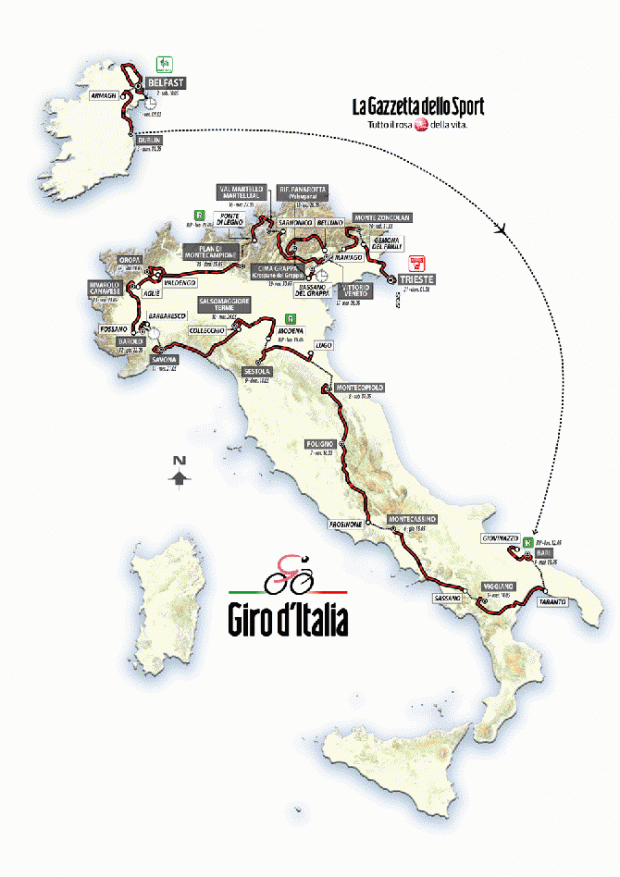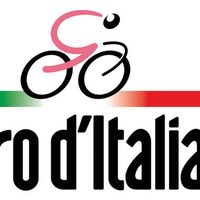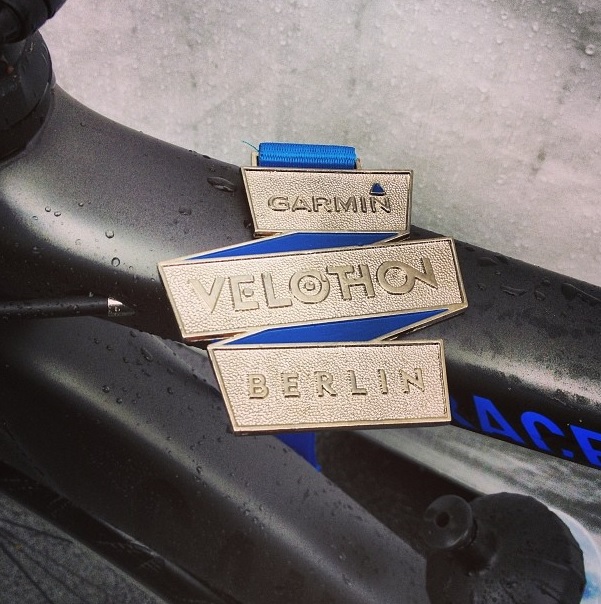Three time trials, eight flat stages, nine mountain stages – of which there are no shortage of summit finishes – and the final circuit in Trieste amount to just shy of 3,450km of racing at this year’s Giro d’Italia.
Rolling out of Belfast with a 21.7-kilometre team time trial around the Northern Ireland capital – rolling out from the Titanic Quarter towards Stormont and then back to Donegall Square – the race spends three days across the Irish Sea in all.

Stage two takes the riders out to the north east coast before returning to Belfast again, while stage three runs from Armagh to Dublin. Both stages contain just two category four climbs, setting the scene for sprint finishes.
A day’s transfer to southern Italy follows, before an almost pan-flat stage into Bari for stage four. From there the race really begins to heat up.
Stage five features two ascents into Viggiano – including a summit finish – and though it’s only rated as a category-four climb, it’s of a sufficient distance to cause problems to the non-climbers.
The following day’s stage, which is 247 kilometres in length, concludes with an 8.5km ascent of Montecassino – a category-two climb with an average gradient of 5.2 per cent, featuring hairpins aplenty and ramps which touch closer to 15 per cent.
A brief respite from Frosinone to Foligno – with just two moderate climbs en-route and a largely flat final run-in – is then followed by the third mountain stage of the race with the Cippo di Carpegna, Villago del Lago and a summit finish atop Montecopiolo likely to cause significant splits in the overall classification.
The category one ascent of the Cippo di Carpegna is officially seven kilometres in length, but the peloton will already have been climbing for 13 kilometres beforehand.
A former training route of Marco Pantani’s, the stage is set to be a tribute to Il Pirata and concludes with ramps averaging 13 per cent in gradient as the peloton heads to the summit of Montecopiolo.
Stage nine – the final stage before the second rest day – also concludes with a summit finish and a 16.5-kilometre ascent of the Passo del Lupo Its category-two classification belies a maximum gradients of 13 per cent, and a tough, twisting section on the lower ramps where the average gradient is closer to nine per cent.






